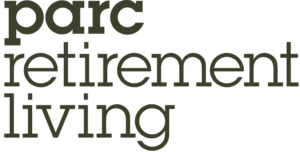How to Overcome Anxiety As We Age
in Senior Health & WellnessWritten by PARC Retirement Living

Whether it’s the challenging economic environment, the changing climate, the prevalence of misinformation, or even the lingering social and health effects from the pandemic, there’s no denying anxiety has been on the rise. The occurrence of generalized anxiety has doubled in Canada over the past decade, and more people than ever are experiencing everyday worries and fears in navigating the challenges of daily life.
For seniors, those worries can include financial stability for themselves and their loved ones; health issues or the fear of isolation; fears about making big changes such as moving or downsizing; worries about becoming dependent on others; concerns about getting around on their own; and fears about losing people they love.

Fortunately, we’re also living in a time when we’re more equipped to talk about these issues and have access to many resources and strategies for coping with worries, fears and anxiety. For seniors, a lifetime of experience is a powerful asset. “Seniors are very resilient,” says June Morris, Wellness Leader at PARC. “They didn’t get to 80 or 90 years old without learning how to survive change. Older adults have that capacity.”
But older adults may also experience many of the risk factors that can lead to heightened anxiety, including loneliness and social isolation, declining mobility and chronic pain, all of which can affect quality of life and lead to mental health issues. “I think it comes down to a person’s sense of self-determination and independence, and how they experience these factors on a personal level,” Morris says. “They could be creating fears and worries, but at what point do those become depression and anxiety? Being conscious of this can be the first step to healing.”
A holistic approach to managing fears and anxiety
At PARC we take a holistic approach to fostering good physical and mental health, which includes working with seniors to address anxieties and fears in ways that meet their needs and preferences. “We meet people where they’re at,” Morris says, “and ensure they have access to the many people and resources at their disposal.”
Our PARC Active LivingTM program’s four pillars of health and wellness create the foundation for our holistic approach, ensuring that seniors are able to benefit from a healthy diet, regular fitness and movement, a Wellness Nurse and community resources, and the ability to pursue a wide range of recreational and social activities.
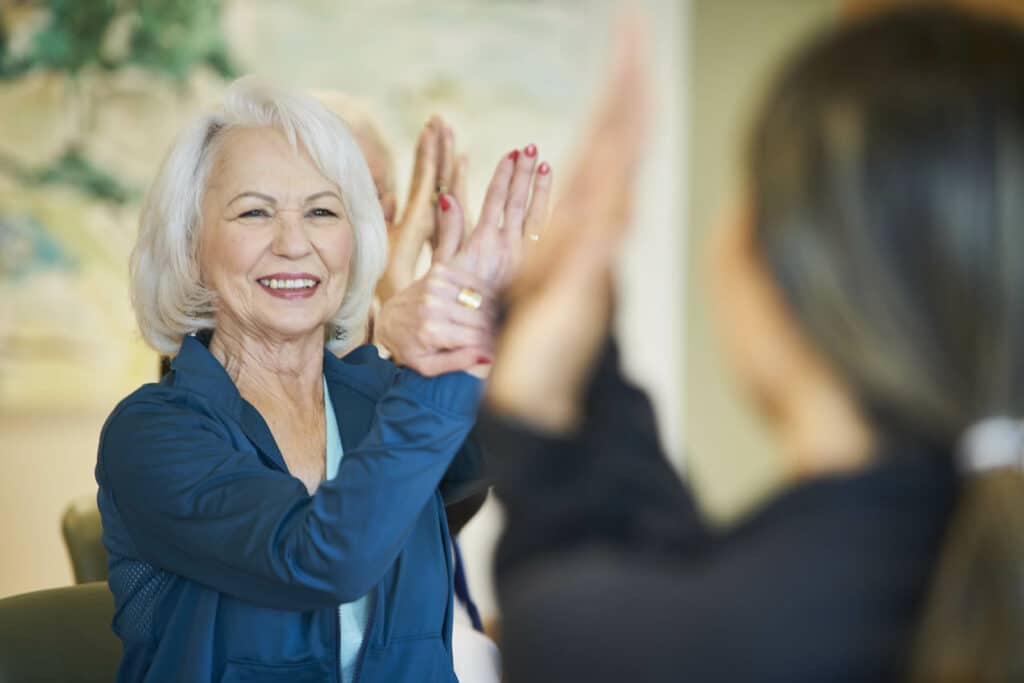
But ultimately, Morris says, getting worries and fears under control also requires intentional mindfulness. “It’s important to stop the spiral and go down a rabbit hole of imagining worst case scenarios,” she says. “Take a breath and be in the moment. Then we can start talking about what we need to deal with. We can’t do that well when we’re clenched up in fear.”
Connection is key
Morris says another critical part of the equation when addressing and easing anxiety is building connection with others. Everyone needs someone they can reach out to – and that’s often harder for older adults. “Unless we have others to interact with, we can get caught up in our own world,” she says. “If you have a friend, you know you’re not alone. It’s like a lifejacket.”
It’s also important to acknowledge that the pandemic may have done a lot of damage to our social structures, Morris says, and some of those may not yet have been rebuilt. “Lots of things, like casual get-togethers, don’t happen anymore since the pandemic,” she says. “If you lose ground, it can be hard to regain it. We encourage everyone to keep building and to have compassion for themselves and each other. Do it at a pace you can manage. Get out there and enjoy life!”
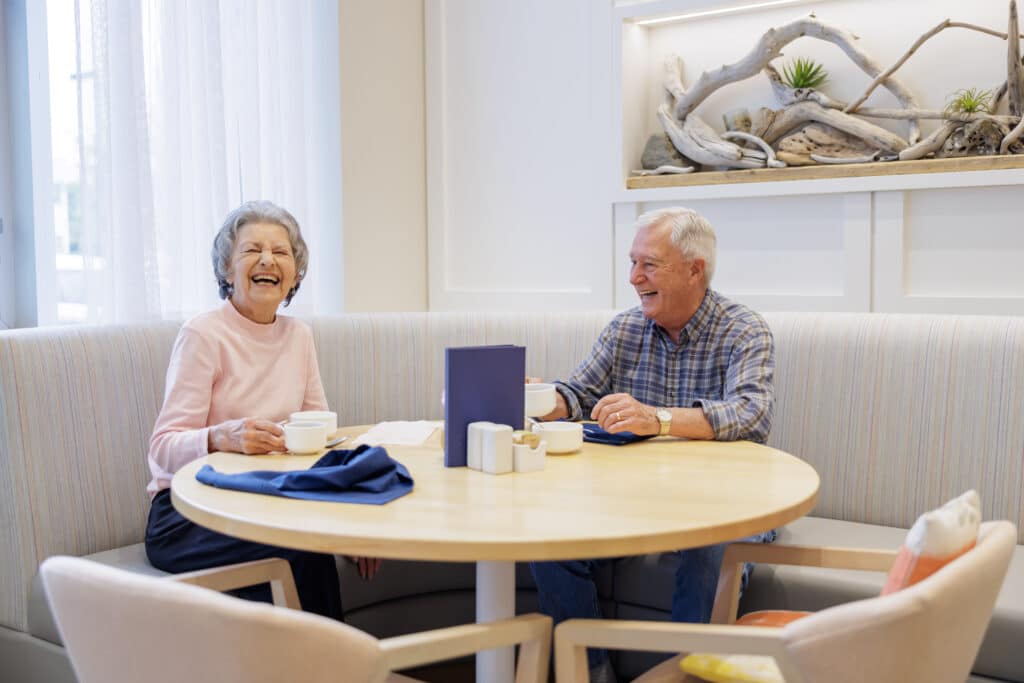
Ultimately, Morris says, it’s important to remember just how resilient seniors are. “We remind them of all they’ve already gone through,” she says. “If there’s a fear of moving, for example, we’ll talk through all the times they’ve moved, and how it wasn’t a failure but an adaptation to a new phase of life. We can reframe their fears as a positive.”
Accessing resources
Morris adds that we’re fortunate to have access to a lot of resources and support around managing anxiety – it’s just a matter of reaching out to figure out what you need. “If it’s a medical issue, we’ll find out if they’re connected to the health care system. If it’s more general anxiety, we’ll focus on self-care, good diet, staying hydrated, meditation and even prayer. If it’s financial, we’ll help connect them with someone who can help.”
For general anxiety and good mental health, she suggests Dr. Daniel Amen’s book Change Your Brain Everyday, which offers simple daily practices to strengthen your mind, memory, moods, focus, energy, habits and relationships.
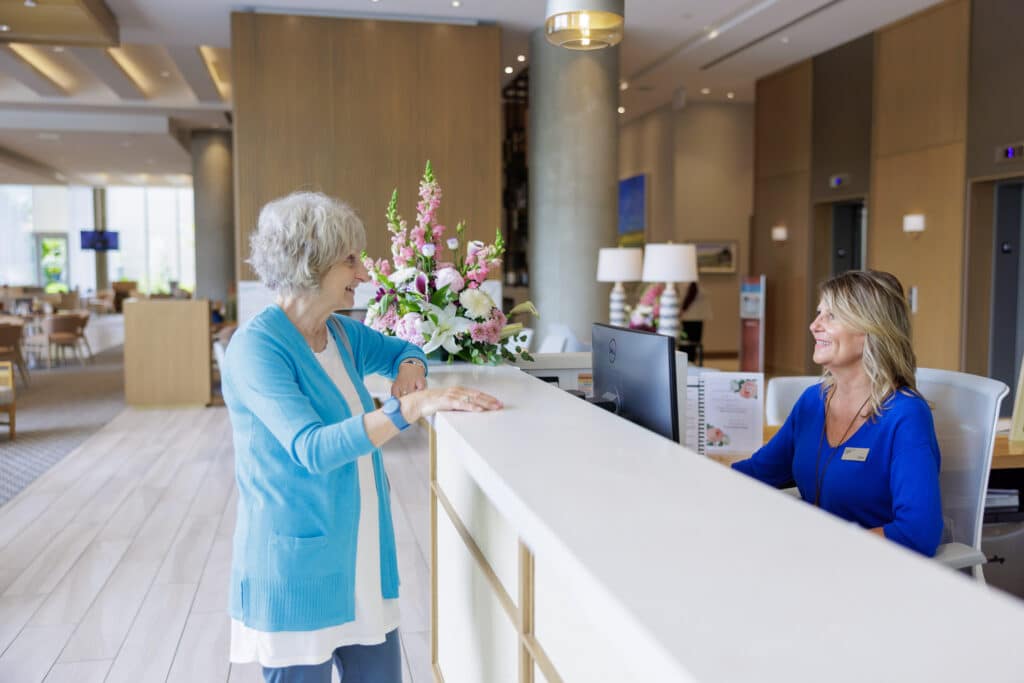
The internet can also be helpful as a first stop for resources, Morris says, but for seniors, in person connection is often more powerful. “At PARC we work as a partner to help people access resources and build capacity. I tell them ‘lots of people care about you doing well. And lots of people have answers and ideas.’”
Learn more about PARC’s approach to wellness and emotional support.
